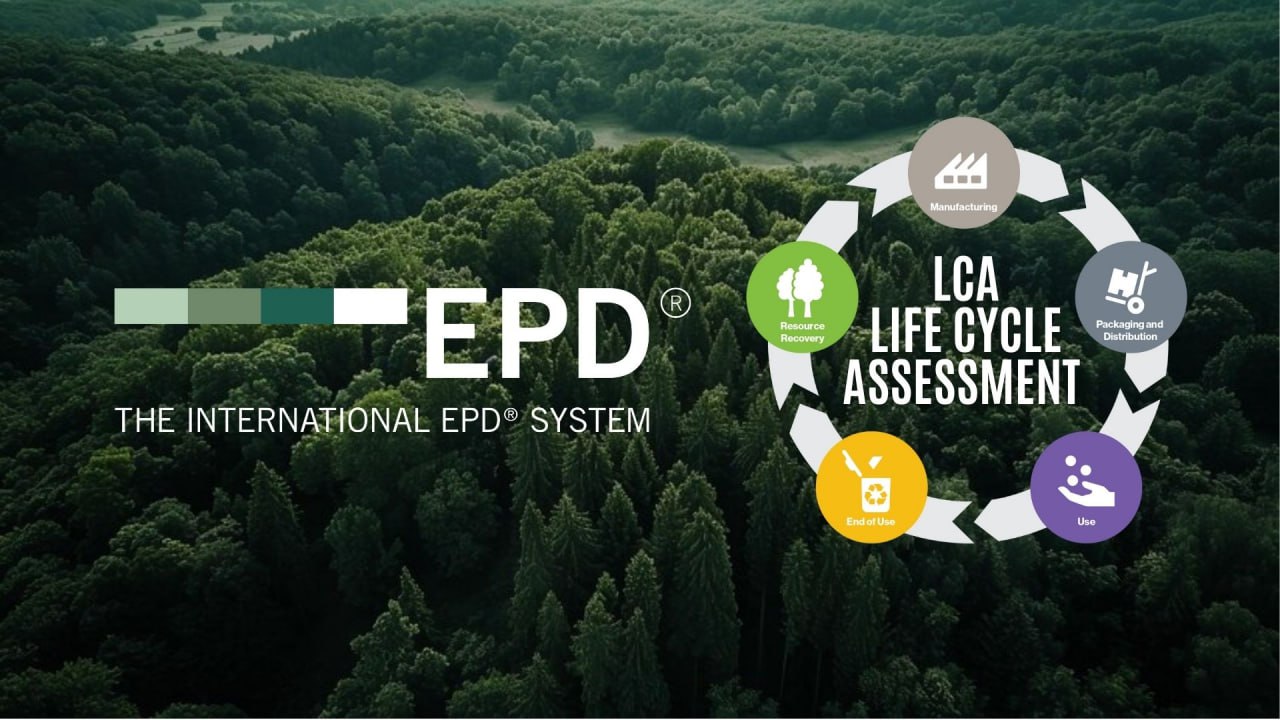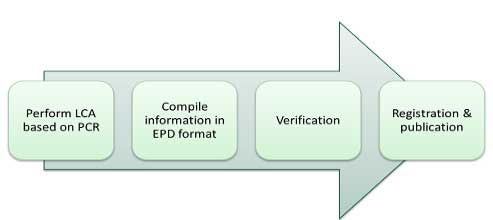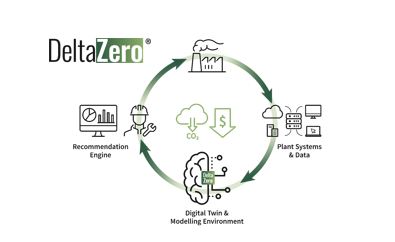EPD Consulting
What is an EPD?
EPD (full English name: Environmental Product Declaration) is a comprehensive document prepared by manufacturers according to international standards such as ISO 14025, EN 15804, etc. This document is developed, verified, and registered on the EPD International system, and it discloses the environmental performance of a product from the raw material stage to the end of its life cycle. Based on an LCA (Life Cycle Assessment) report, an EPD ensures the transparency and reliability of environmental information, helping consumers choose products and services with a lower environmental impact and contributing to a sustainable future.
What is LCA?
From its inception until it is fully disposed of or recycled, a product or service has numerous impacts on the environment. Therefore, a Life Cycle Assessment (LCA) measures the environmental impacts of that product across every stage of its life cycle – from production to waste (or recycling, etc.).
The most well-known impact is Global Warming Potential (GWP) from greenhouse gases, but it also includes effects such as eutrophication (the abnormal growth of aquatic organisms), ozone layer depletion, the creation of acid rain, soil erosion, the depletion of natural resources, and many others. This is why an EPD is necessary to obtain and publish information about a product’s environmental performance.
Typically, a product’s life cycle is modeled in the following stages:
- Product Stage (A1-A3): Represents the impact of raw materials and the manufacturing process.
- Construction Process Stage (A4-A5): Represents the impacts of transportation and the on-site installation or construction of the product.
- Use Stage (B1-B7): Shows the product’s impact during its use, maintenance, repair, or replacement.
- End-of-Life Stage (C1-C4): Shows the impact of demolition or deconstruction, transport to waste processing, and any recovery or disposal processes.
The EPD dossier includes:
• LCA report results (according to ISO 14040/14044 standards, refer to here
• Description of business and products
• Assumptions used in the LCA study for different life cycle stage ranges
• Calculation rules used (Example PCR)
Process for Completing an EPD
- Prepare a product Life Cycle Assessment (LCA) report.
- Prepare the EPD declaration according to the template issued by EPD International.
- After submission, the declaration will be verified by a third party to ensure the information is complete and the data is transparent.
- After verification and approval, the EPD will be publicly published on the EPD International website.
What value does an EPD bring?
The overall objective of an EPD is to provide verified information about the environmental impacts of a product or service, thereby meeting the needs of various stakeholders.
For businesses, an EPD serves as a basis for identifying, assessing, and controlling the environmental impacts of their products. This is the key value of an EPD, helping businesses raise awareness about reducing their environmental footprint and develop a roadmap for improving production technology and products to limit greenhouse gas emissions.
For customers, an EPD is proof that transparently demonstrates a product’s impact on the environment, which helps them understand the product and easily make informed purchasing decisions. Using raw materials that have an EPD is one of the easiest ways to earn points when projects register for green building assessments under standards like LEED, DGNB, or BREEAM.
The use of green and recycled materials, energy savings, compliance with international quality standards, waste minimization, and sustainable supply chain management are all crucial factors in mitigating negative environmental impacts. EPD certification not only supports the selection of products with lower environmental impacts but also fosters the creation of a sustainable future and promotes the overall development of society.
Through a strong commitment to and strict implementation of environmental standards and regulations, we can move towards a future where humanity and nature exist in harmony—a future where products are produced and consumed responsibly, respecting the balance of ecosystems, and actively contributing to the protection of our environment and our planet.
Criteria for being granted an EPD
To achieve EPD certification, products must satisfy a number of strict criteria related to sustainability and environmental friendliness. Below are the necessary requirements for a product to be EPD certified.
Use of Environmentally Friendly Materials
Products should be manufactured using green and recyclable materials. This aims to minimize the use of resources and energy while also limiting the release of toxic substances and emissions during the production process.
Energy Savings
The product must apply energy-saving technology and production processes to minimize greenhouse gas emissions and environmental impact.
Compliance with Quality Standards
The product must meet international quality standards and comply with environmental regulations. This ensures that the product fully meets the requirements for sustainability and eco-friendliness.
Waste Minimization
The product must minimize waste and adhere to waste treatment standards. This helps reduce environmental impact and ensures the product’s sustainability.
Supply Chain Management
The product needs to be produced and managed within a sustainable supply chain. This ensures environmental and social friendliness throughout the entire production and supply process.
It is clear that EPD certification plays a crucial role in ensuring the transparency and reliability of environmental information for products. By meeting strict criteria for sustainability and eco-friendliness, an EPD allows consumers to have a clearer view of a product’s environmental performance throughout its production and use.
The use of green and recycled materials, energy savings, compliance with international quality standards, waste minimization, and sustainable supply chain management are all crucial factors in mitigating negative environmental impacts. EPD certification not only supports the selection of products with lower environmental impacts but also fosters the creation of a sustainable future and promotes the overall development of society.
Through a strong commitment to and strict implementation of environmental standards and regulations, we can move towards a future where humanity and nature exist in harmony—a future where products are produced and consumed responsibly, respecting the balance of ecosystems, and actively contributing to the protection of our environment and our planet.
For more detailed information about services related to greenhouse gas inventory and consulting on LCA, EPD, and environmental green labels, please contact:
- CIC Technology and Consulting Joint Stock Company – Industrial License Center for Mining and Construction Materials
- Hotline: 0866059659 / Ms.Thuy: 0332268626








